Contact us by email here
24-hour reception / Answer: Weekdays 9:00AM - 5:00PM
Contact us by email here
24-hour reception / Answer: Weekdays 9:00AM - 5:00PM
Welfare equipment development project column

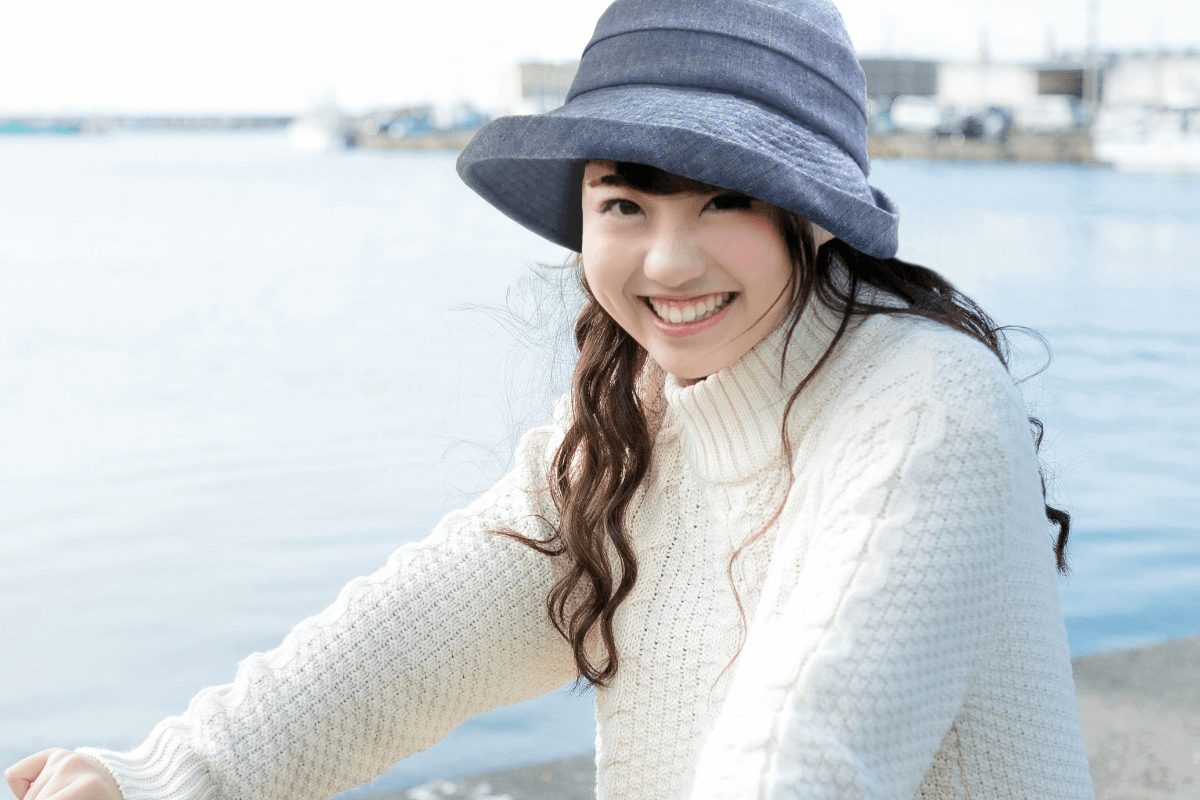
HOME / List of columns on welfare equipment development projects / Useful Content / What causes falls among the elderly? Fall prevention products are also introduced
Useful Content
A helmet is a "cap to protect your head" that has foam material built in to absorb shock. The "Odekake Head Guard Series" helmets have a natural design that blends into your life and can be used anywhere, both indoors and outdoors, without feeling out of place, and can provide a stylish safety measure in case of a fall.
The shock absorbing material used is Pitafoam®, which has outstanding energy absorption, high vibration damping effect, excellent durability, and excellent safety (RoHS compliant), and is highly regarded as a shock absorbing and vibration damping material for computer cases, etc. Experimental results have shown that hats with Pitafoam® built in reduce the risk of serious accidents compared to wearing no hat by absorbing external shocks, and they are becoming more widely known as a fall prevention and safety measure.
Have you ever tripped or fallen at home or outdoors? Even if you think "I'm still okay," the risk of falling in daily life increases due to the decline in physical function that comes with age, and it is said that "fractures and falls" are the fourth most common cause of elderly people needing care, after "dementia," "cerebrovascular disease (stroke)," and "weakness due to old age" (see the Ministry of Health, Labor, and Welfare's "National Living Standards Basic Survey" 2019).
According to a news release issued by the Consumer Affairs Agency on October 8, 2020, entitled "October 10 is Falls Prevention Day, be careful of falls among the elderly," when looking at falls among elderly people aged 65 and over by location, it has been reported that 48% of falls occur in the familiar home, making this a very common problem.
Falls often result in bruises and fractures, and it may take time for people to return to their normal lives. In particular, if the head is hit hard, there is a high risk of serious complications such as cerebral contusion and loss of consciousness, which can lead to a decline in cognitive function, bedriddenness, and other conditions requiring nursing care, and in the worst case scenario, even death.
The main causes of falls include "declining physical function due to aging," "effects of illness or medication," and "lack of exercise."
As we age, our muscle strength decreases and our joint range of motion narrows, making it impossible to do things that we were able to do quickly and powerfully when we were younger. When this is combined with poor eyesight and narrowing of the visual field, there is a further difference between how we think we are moving and how we are actually moving, and we may trip or fall over even the slightest step.
In addition, as people age, many develop multiple illnesses and end up taking more and more medication. Side effects can cause dizziness and lightheadedness, making people more likely to fall. (*Regular consultations with your doctor and pharmacist are effective.)
It is also important to be aware of lack of exercise due to injury or illness. Fewer opportunities to move your body lead to less physical activity, slower initiation of movement, and an increased risk of falling. If you fall, you will be even more reluctant to go out and exercise, which will lead to even fewer opportunities to move your body.
When we look at the living environment, slipping, steps, and obstacles are often the cause of falls, and places where falls are likely to occur include bathrooms, entrances, thresholds, and living rooms where electrical appliance cords are present. It is effective to eliminate the causes of falls by reviewing daily life routes and renovating the home to use less slippery flooring materials or remove steps.
Examples of places at home where elderly people are likely to fall
Bathroom and dressing room
Be careful not only with soap or shampoo suds, but also with wet floors.
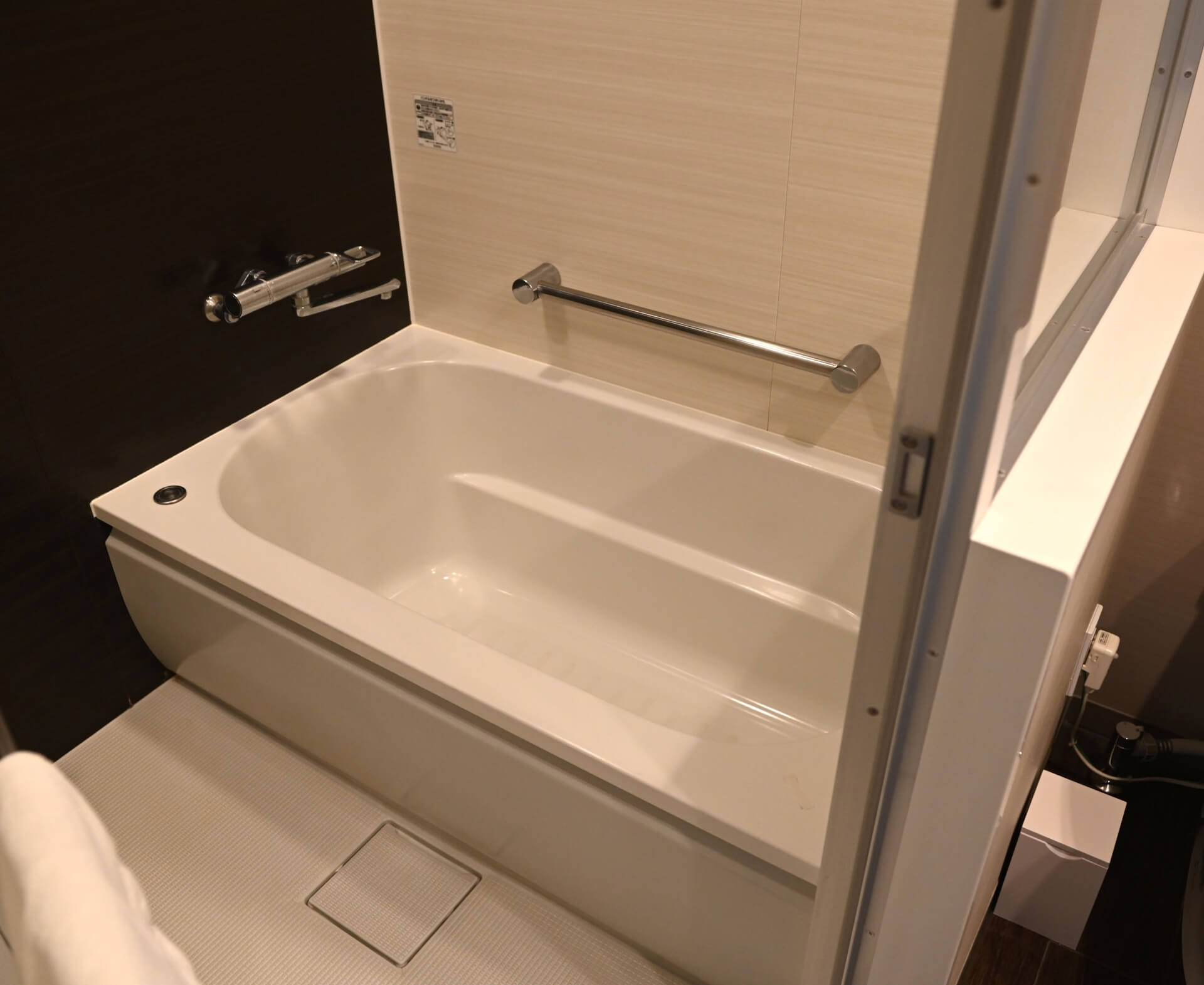
bedroom
Standing up and sitting down from a bed or futon
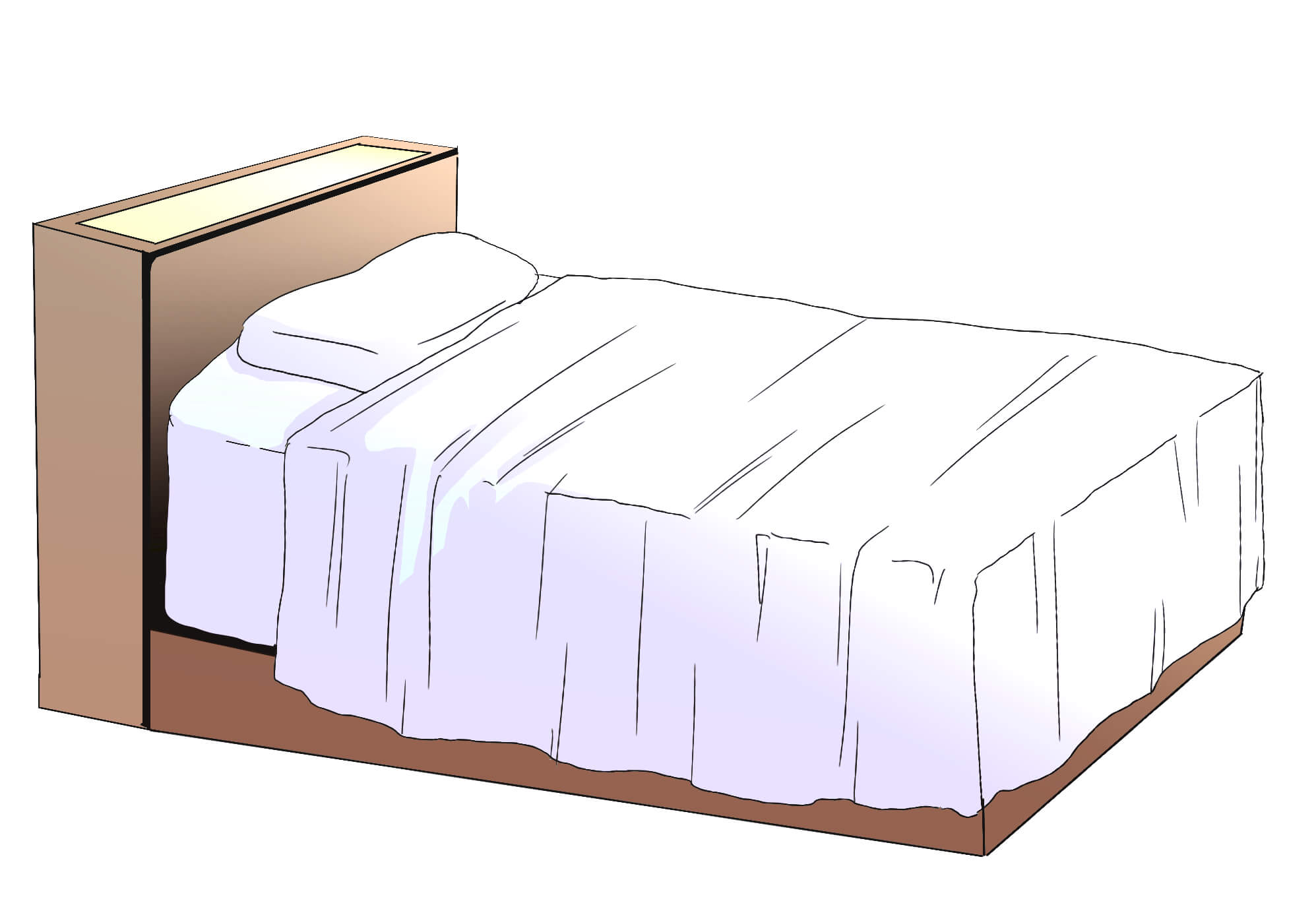
Entrance/Back door
Taking off and putting on shoes, stepping up the stairs

Stairs
Be careful when going up and down in slippers and be careful of steps that are hard to see at night
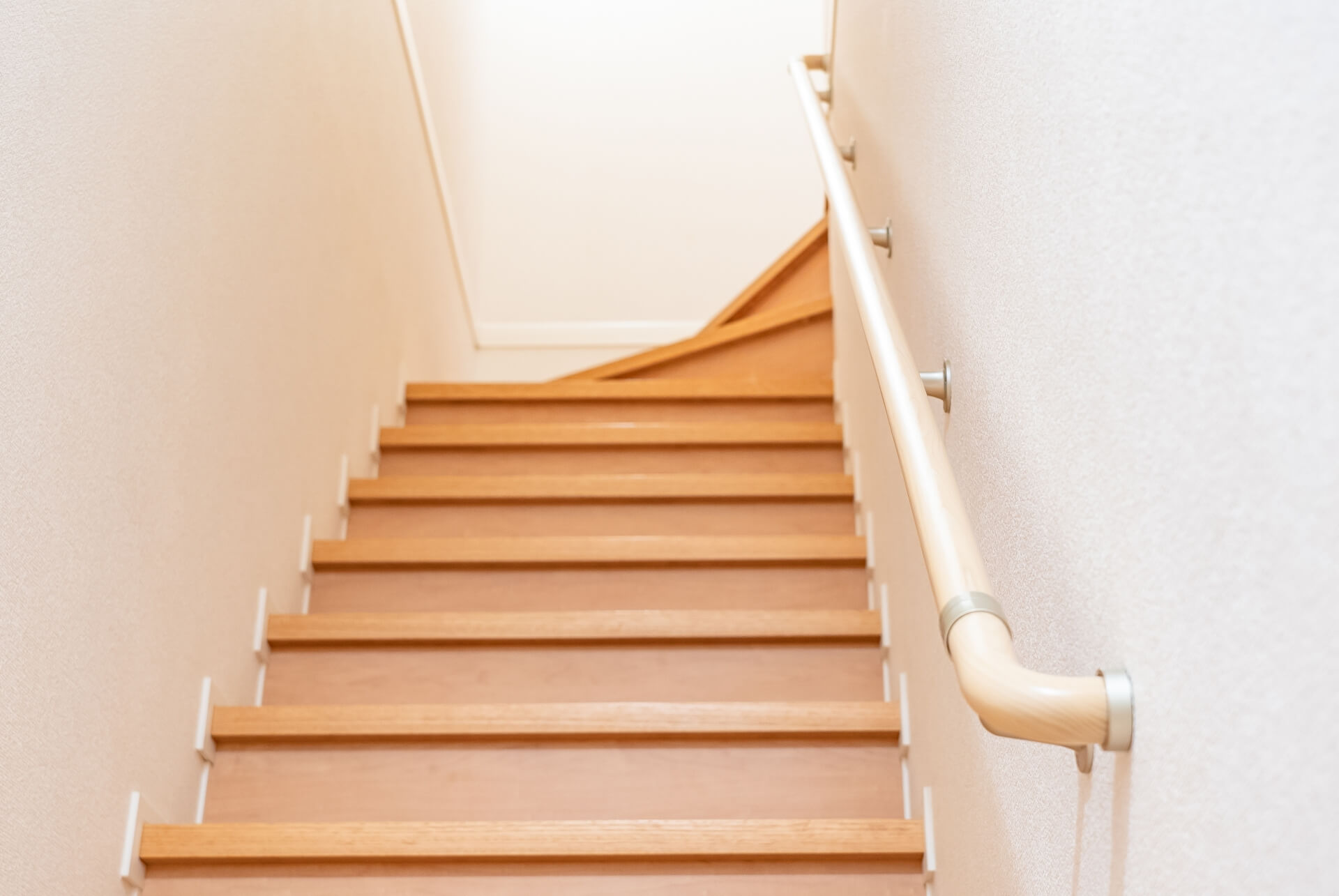
toilet
Beware of fainting due to a drop in blood pressure caused by standing up, sitting down, straining, etc.
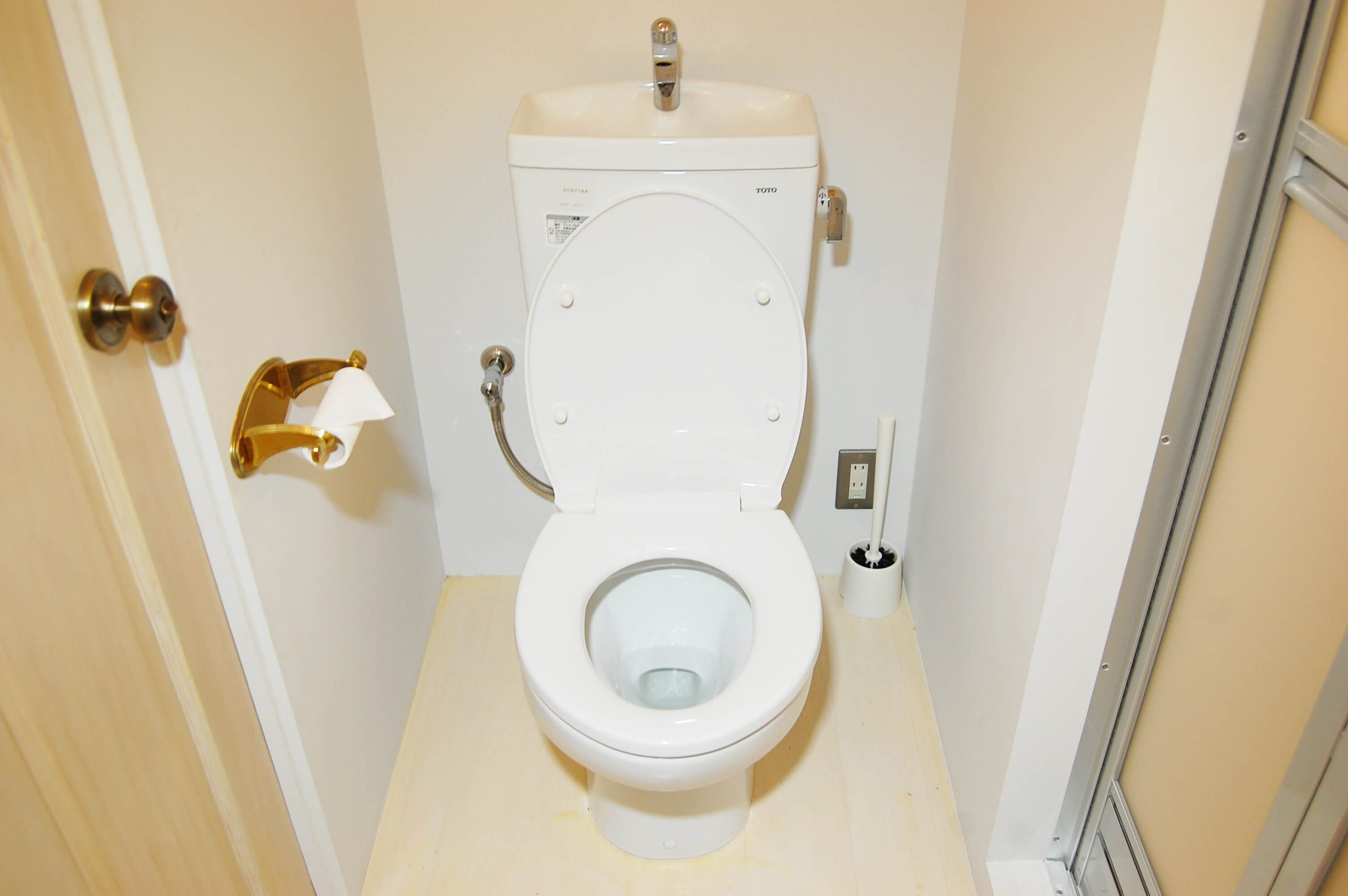
living room
Carpets where wiring cords tend to come undone, and slight unevenness (even a centimeter can cause tripping)
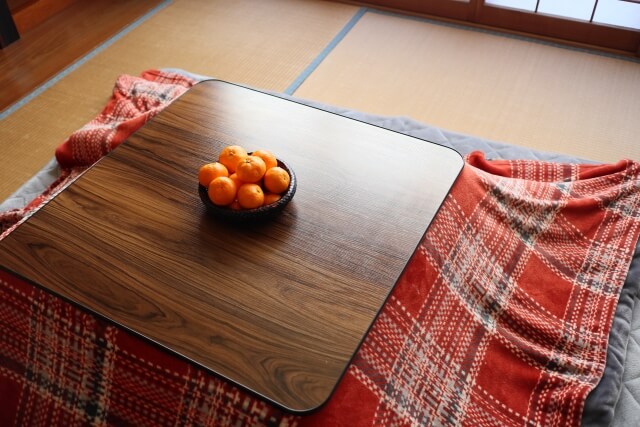
When it comes to falls while out and about, the keywords are slippery, uneven surfaces, and obstacles. Places that are prone to falling include marble and linoleum floors with low coefficients of friction, manholes wet from rain, raised sidewalks, and curbs. It is difficult to eliminate these issues when you are not at home, and you can reduce the risk by changing your route, such as choosing a road that is less likely to cause a fall, but it is not realistic to collect detailed information about places you are visiting for the first time.
Examples of outdoor locations where elderly people are likely to fall
Inside the store
Floor wet with water (rain)
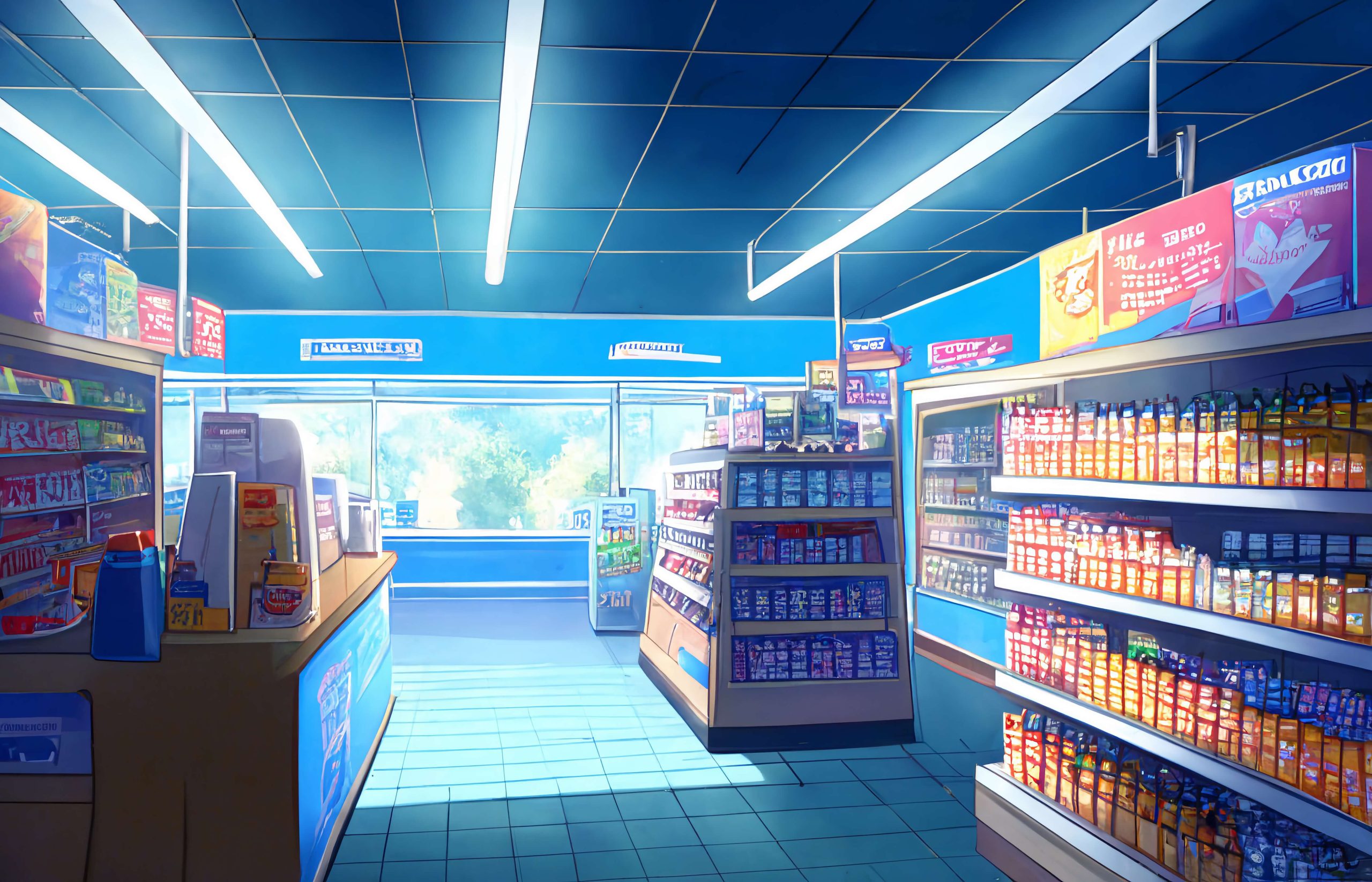
Store entrance
Water (rain) wet mat
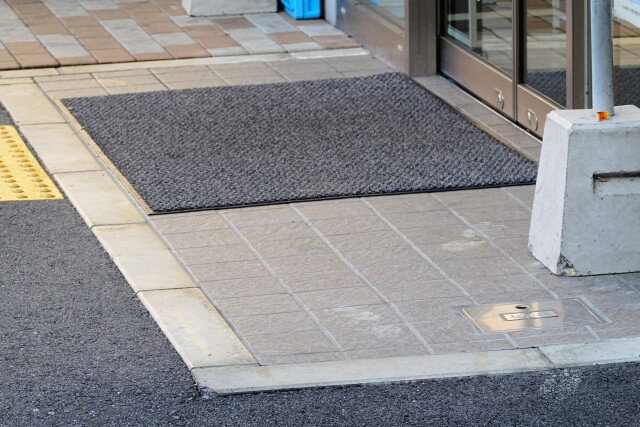
road
Wet roads (rain), manholes, and curb steps
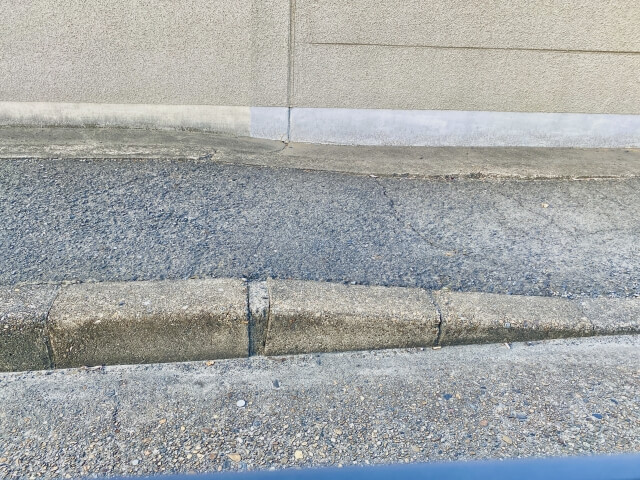
parking
Car stopper
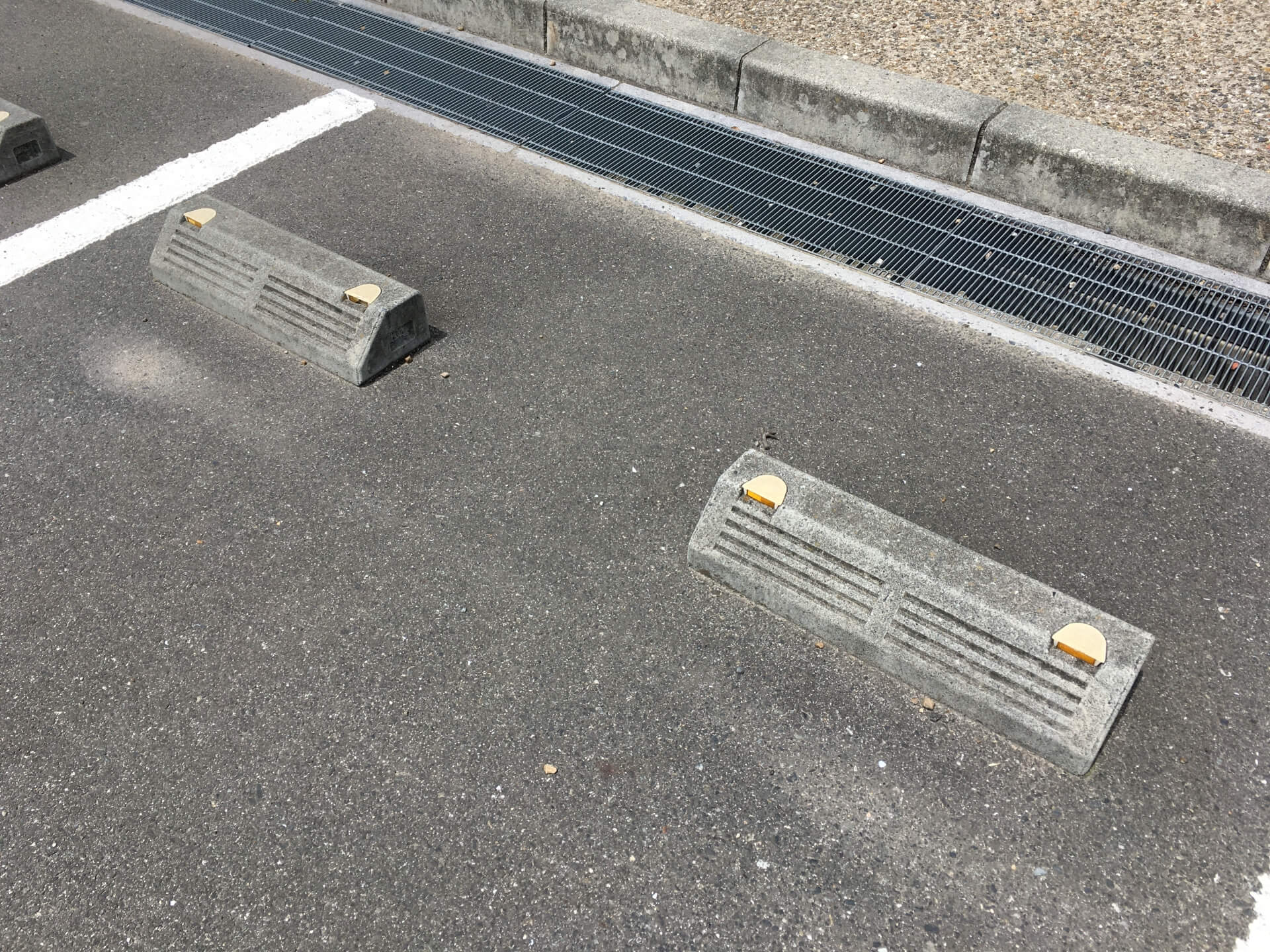
garden
Care of branches, etc.
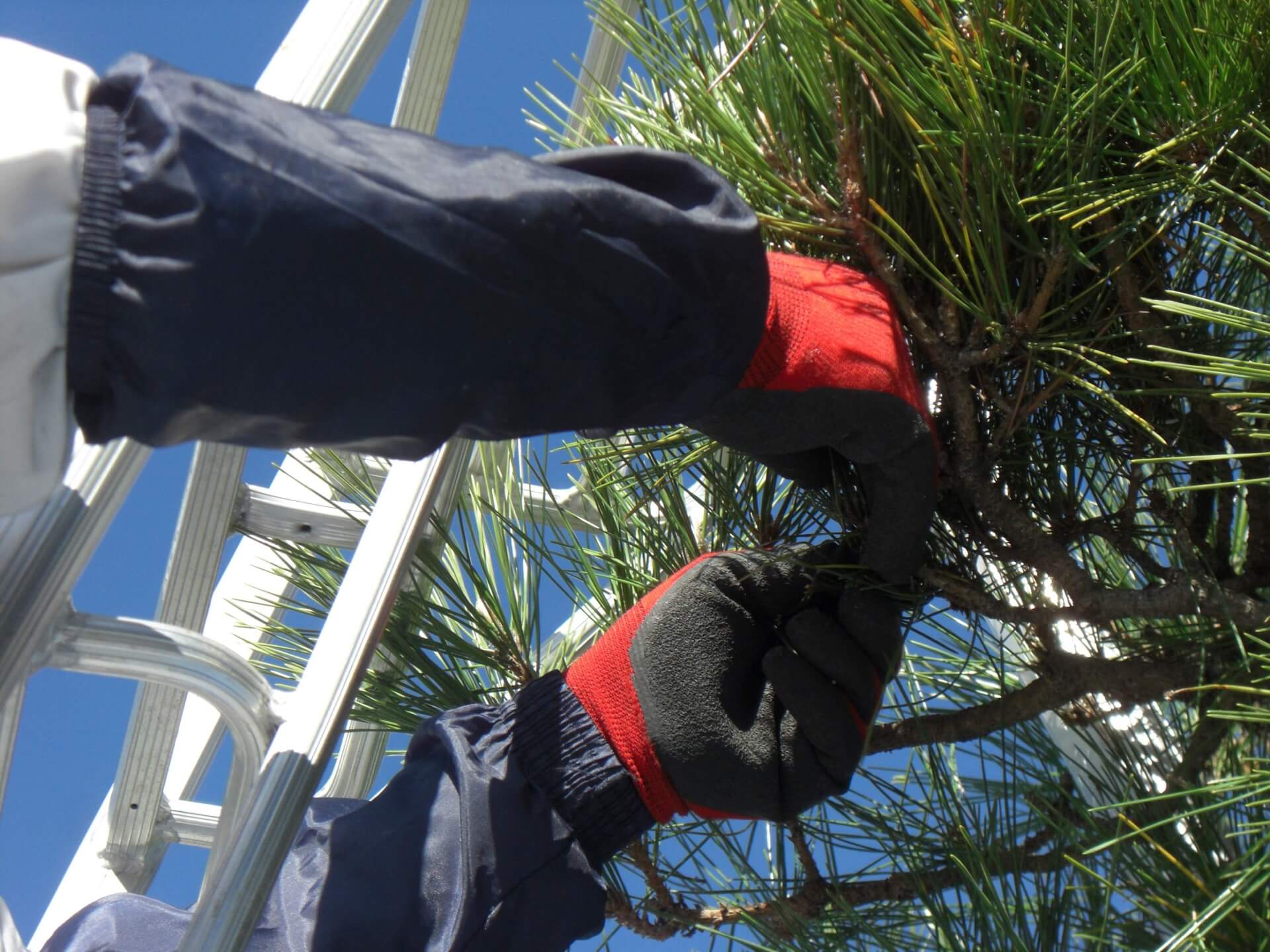
The most effective way to avoid falling is to eliminate external factors such as unevenness, but in places where it is difficult to make repairs such as rented houses or when you are out, you need to be careful when walking to avoid falling. However, accidents are unpredictable. In the unlikely event that you do fall, wearing a protector is an effective way to prevent the injury from becoming serious. We have a wide lineup of protective hats called the "Odekake Head Guard® Series" that protect your head from the impact of a fall. We believe that you can choose the best one that suits you and take safety measures in style.
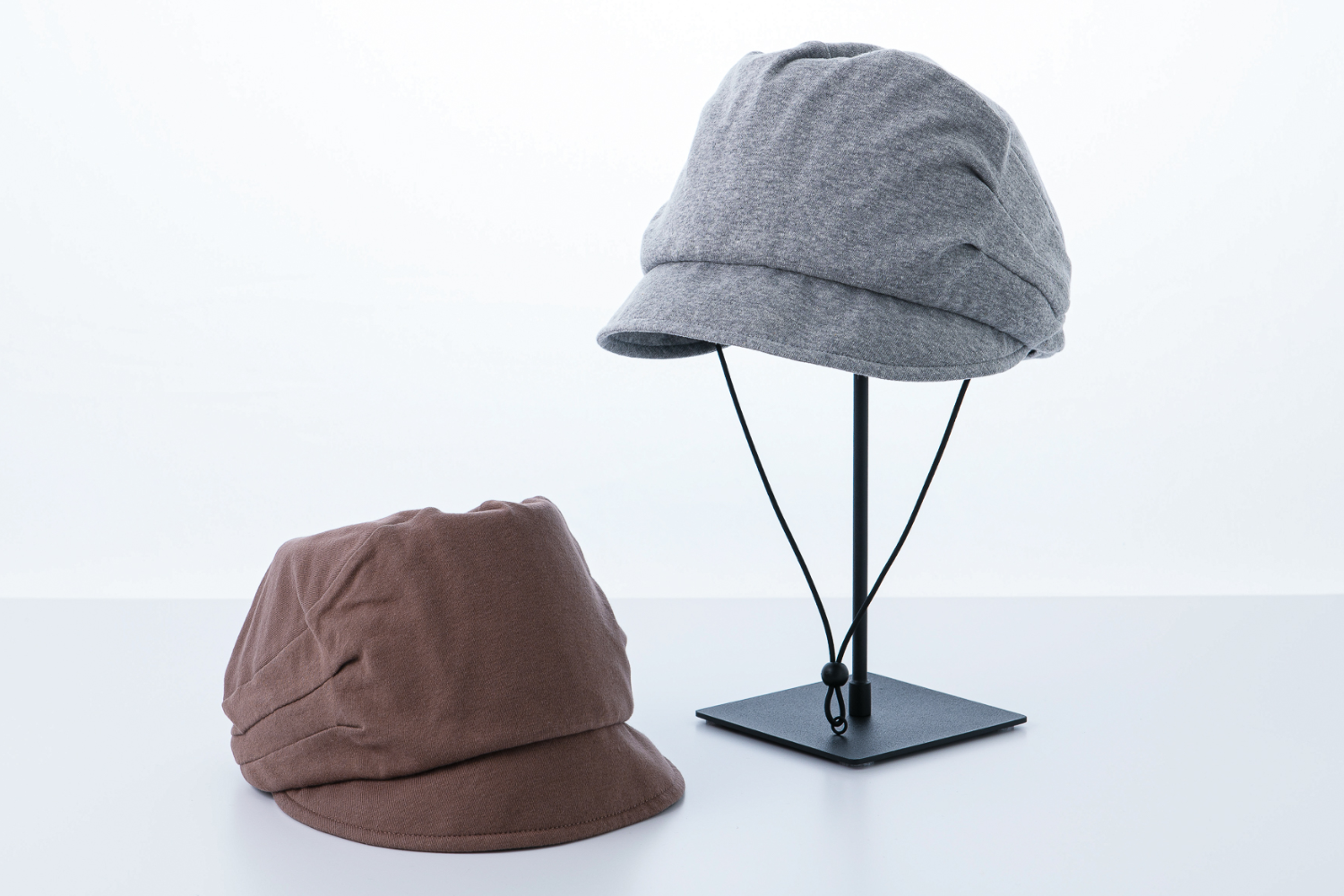 For those who are considering wearing a hat just in case, we recommend the "Odekake Head Guard® Series," which is easy to wear and comparable in design to commercially available hats. Some Odekake Head Guard® Series products cannot be washed due to their material. *Note: Please check with your local government to see if you can use the benefit. For those who want to enjoy fashion by combining it with their favorite hat, there is also the option of the "Odekake Head Guard® Separate Type Inner." Purchase here
For those who are considering wearing a hat just in case, we recommend the "Odekake Head Guard® Series," which is easy to wear and comparable in design to commercially available hats. Some Odekake Head Guard® Series products cannot be washed due to their material. *Note: Please check with your local government to see if you can use the benefit. For those who want to enjoy fashion by combining it with their favorite hat, there is also the option of the "Odekake Head Guard® Separate Type Inner." Purchase here

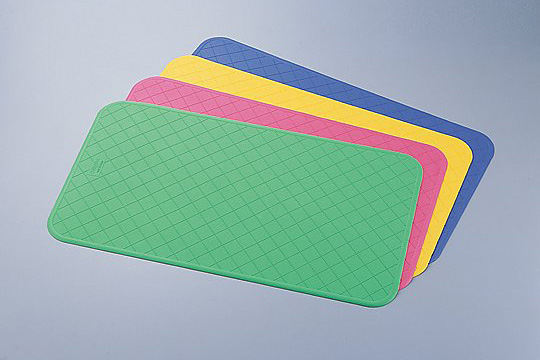
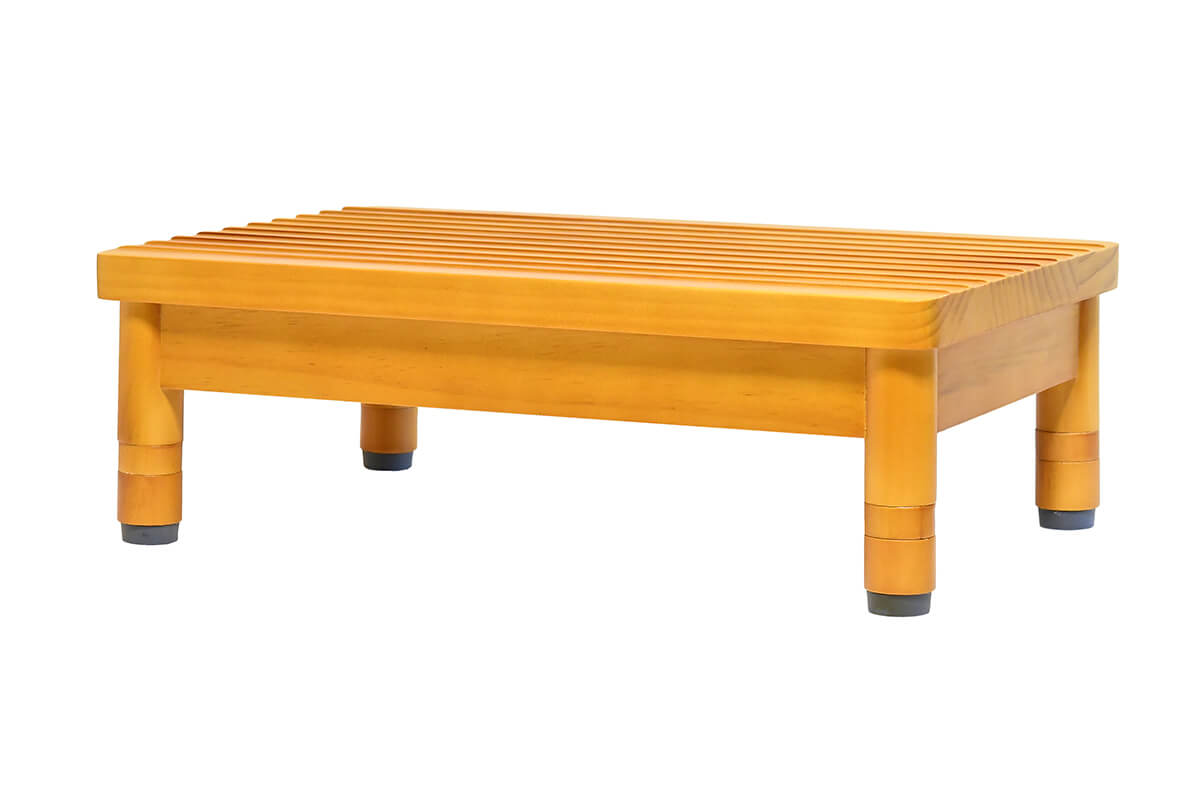
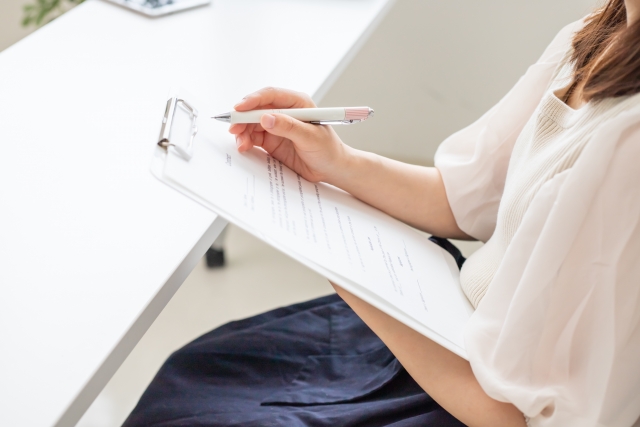
Head Guard Fit
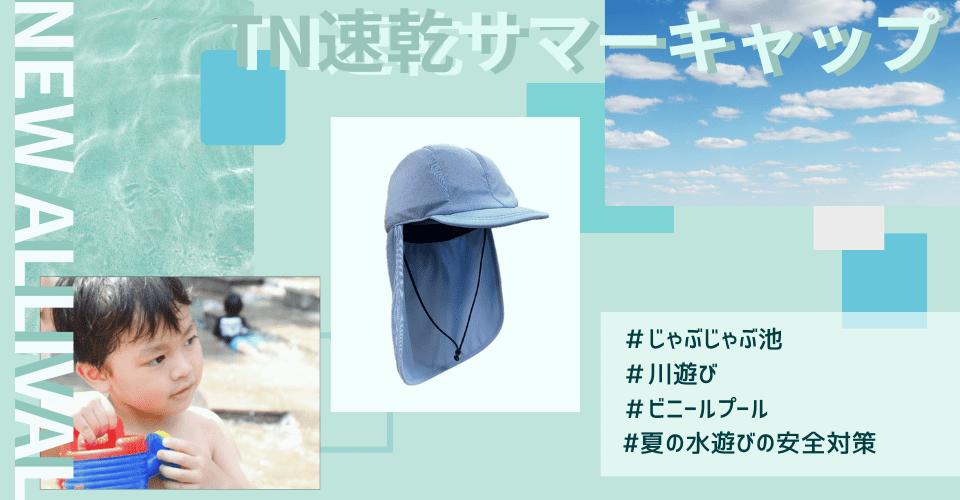
Head Guard for Outings
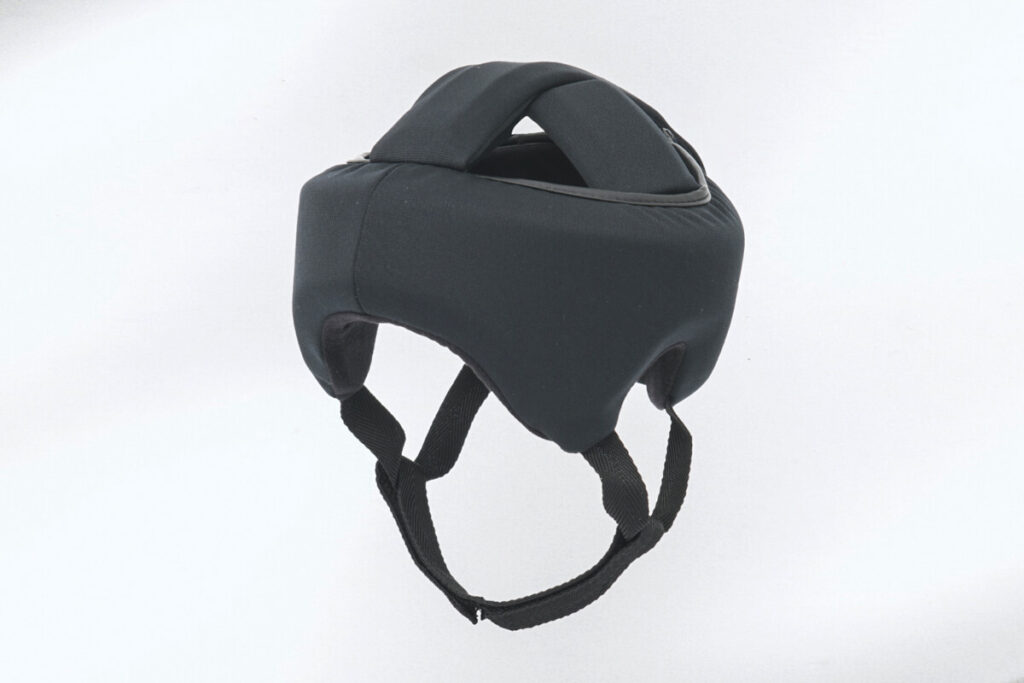
Useful Content
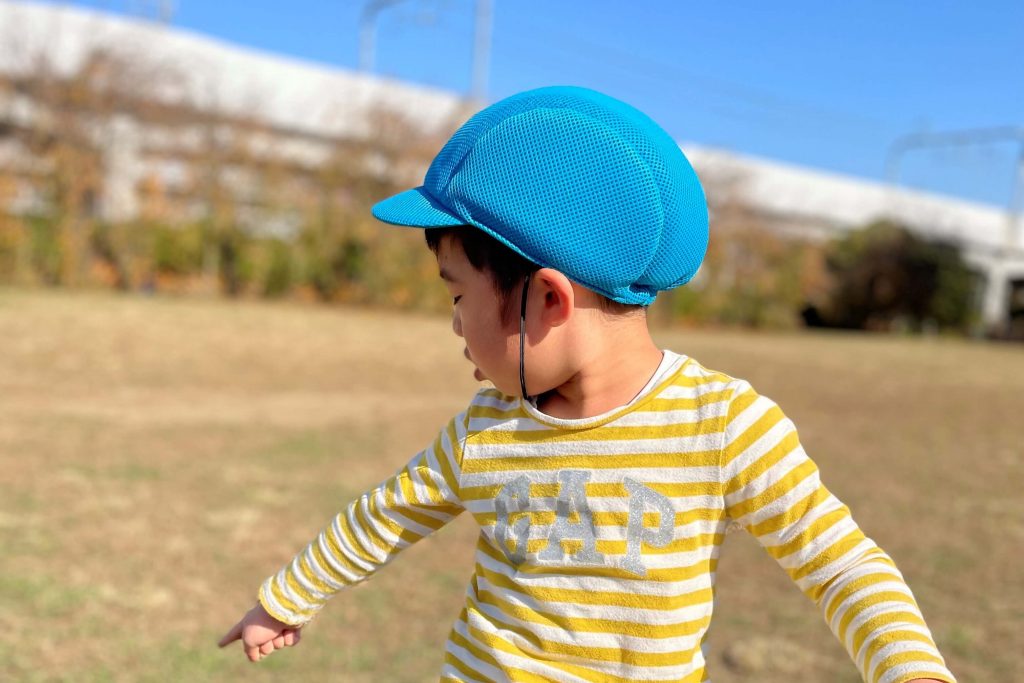
Head Guard Fit

Useful Content
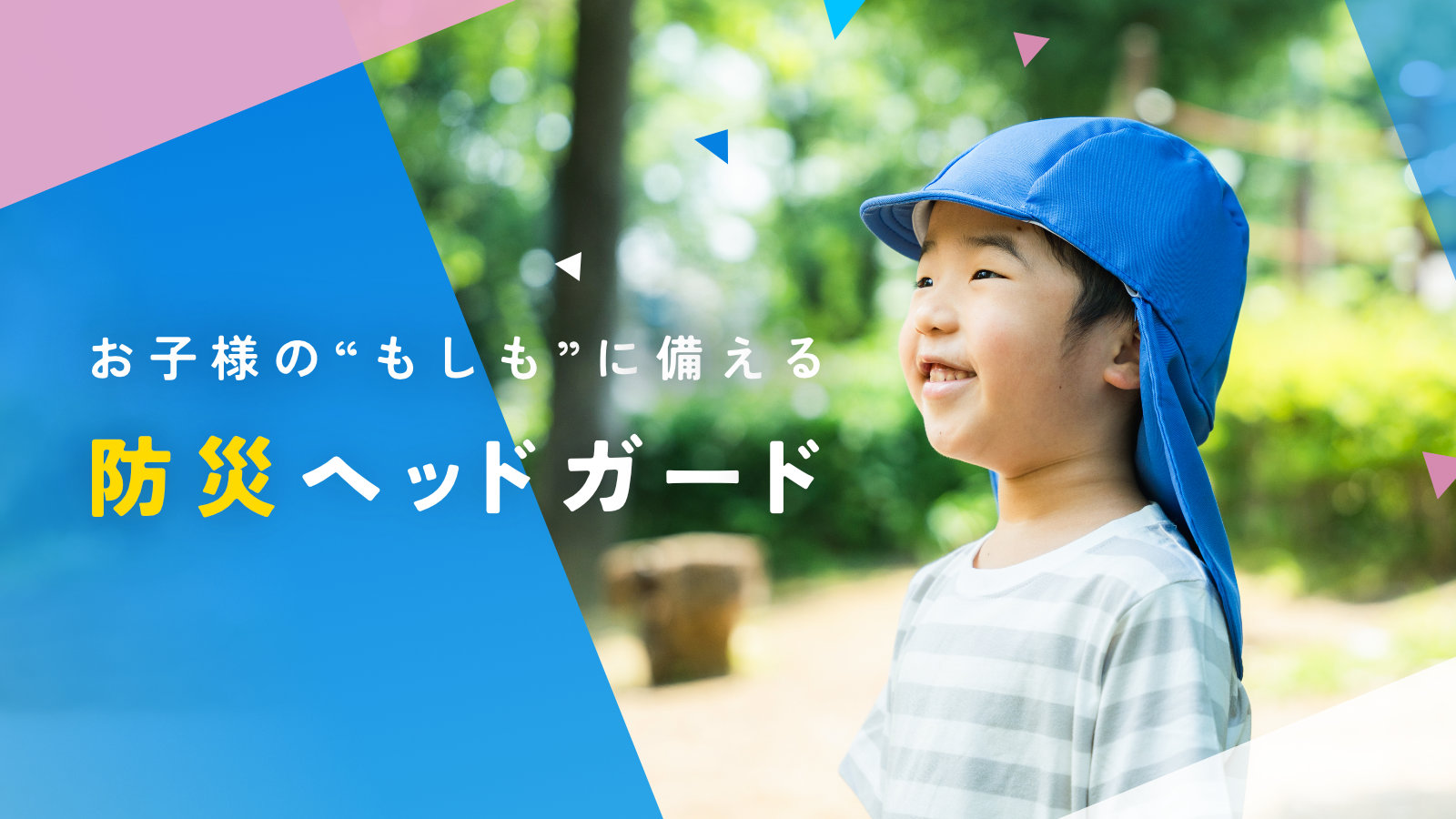
Useful Content
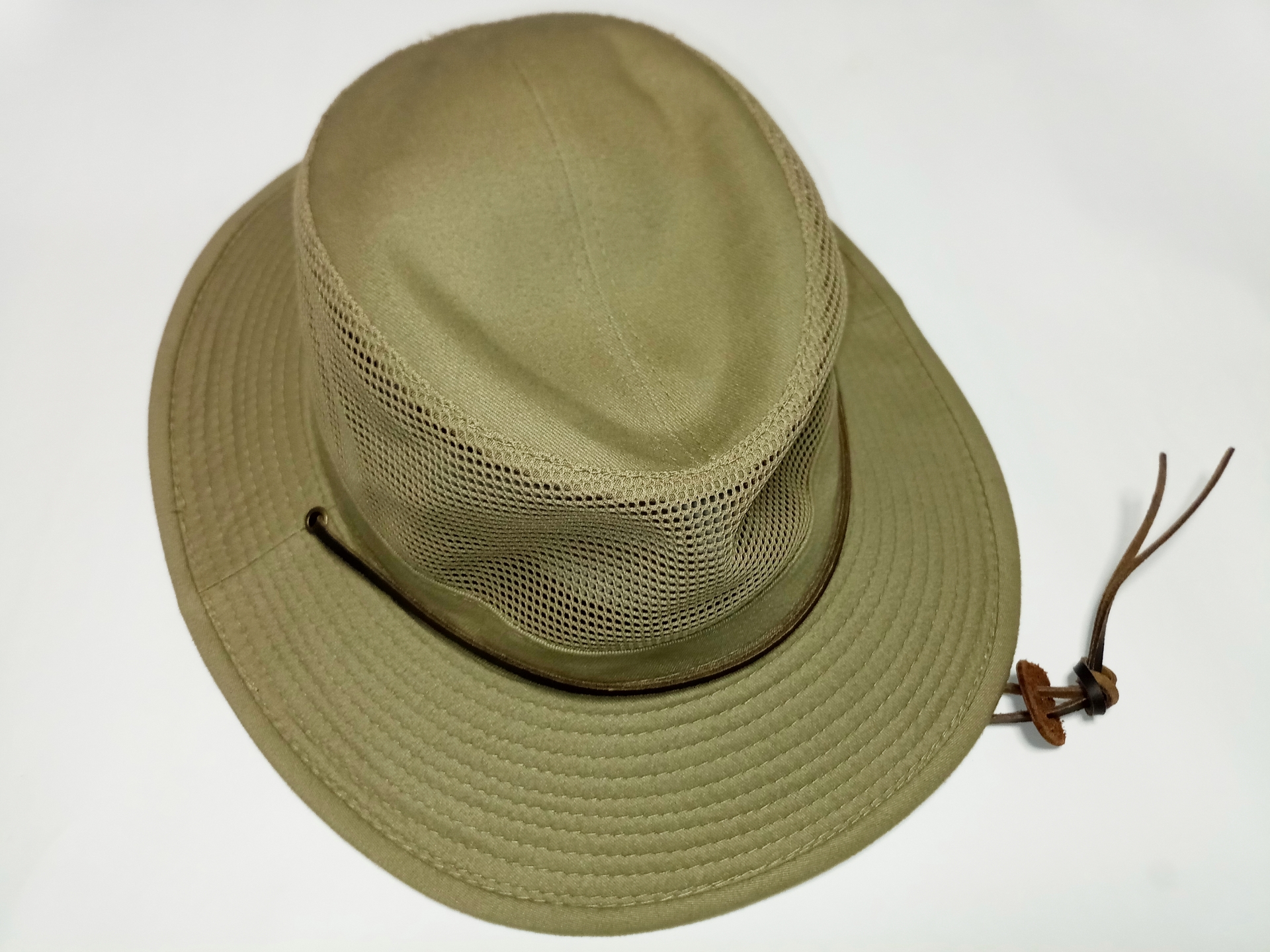
Head Guard for Outings